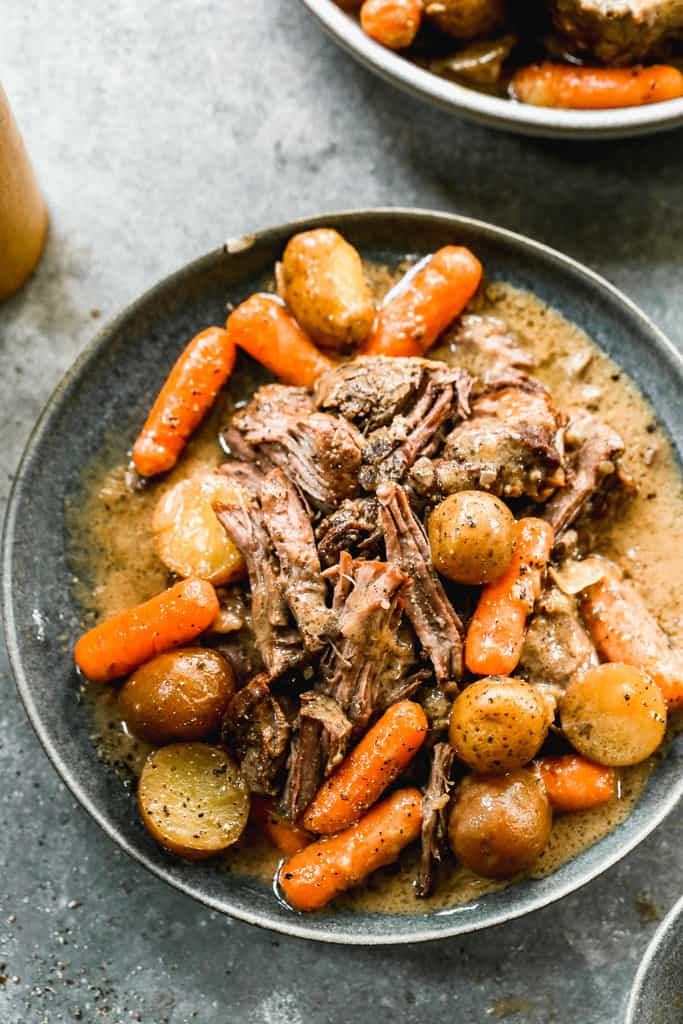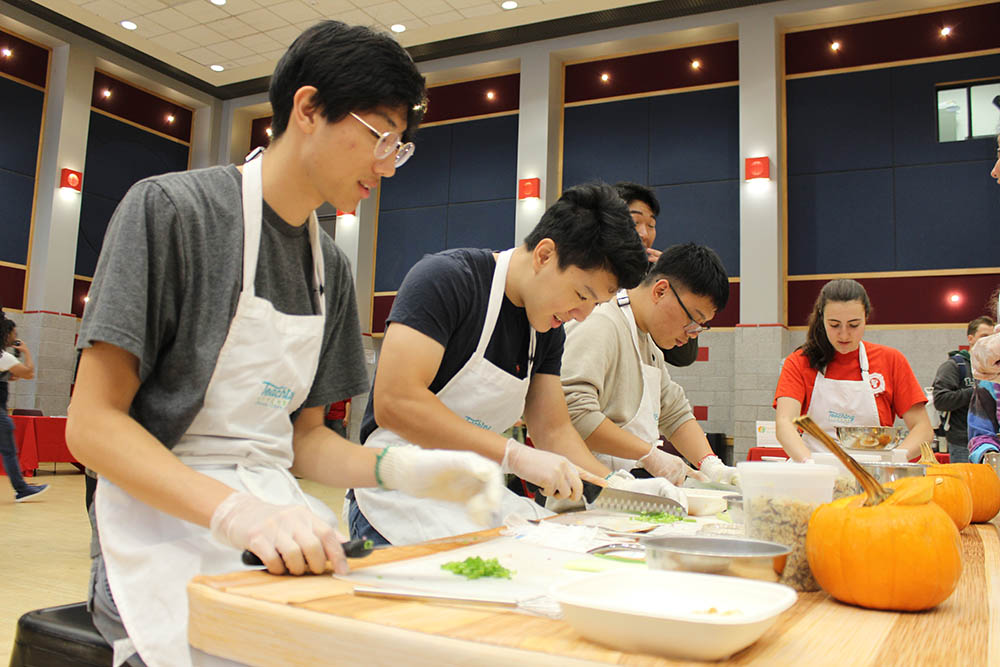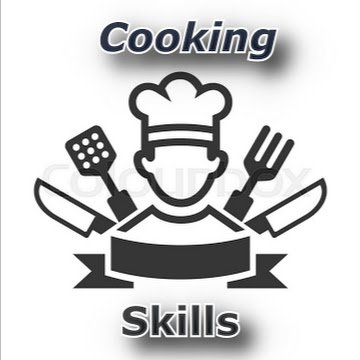
You're likely to have tried advanced cooking techniques if you are a passionate cook. French and Chinese techniques are familiar to you. But how about Japanese and Chinese methods? Learn the best methods for poaching and steaming. These methods are easy to master and you can read on to find out more. You can apply these techniques to your everyday cooking. These cooking techniques can be applied to your everyday cooking. Keep an eye out for cookbooks with detailed instructions.
French cooking techniques
Traditional methods are the foundation of French cuisine. French chefs have long been known to place everything in its proper place and cook everything slowly at low temperatures. This method is known as Confit and involves slowly cooking a variety of foods in fat over a low heat. The same goes for sauces. Flambeing is most commonly used to make desserts. However the alcohol in it can also be used while the food is still cooking to enhance the flavor.
Chinese cooking techniques
The traditional Chinese kitchen is filled with many complex techniques that can make your cooking more delicious. Stir-frying is a technique that involves heating oil in a wok. The food is stirred quickly and thoroughly until it reaches the desired texture and flavor. This is the easiest method and works well with small ingredients such as noodles and vegetables. Chinese cuisine offers many different cooking methods, including stir-frying.

French method for steaming
Steaming can be described as a method for cooking that circulates hot air around food. The heat retains all the nutrients and does not add fat. It is gentle and suitable for delicate foods, as steam has more heat than boiling. The steam method allows for fast cooking and preserves nutrients as well as natural color. The French have long been masters of this technique, which can make cooking vegetables and fruits a joy.
Japanese poaching technique
The Japanese have perfected poaching, a technique that slow cooks fish. This involves vacuum-sealing the food in a bag and slowly heating it at low temperature. This technique creates uniform texture while removing aromatics. It also has health benefits. Here's how you can poach salmon Japanese style.
Vietnamese technique of boiling
A traditional Vietnamese method of boiling rice is simple and highly effective. The method is based on steaming food in bamboo or metal trays. This method preserves nutrients and does not use oil. This method can be used for cooking seafood and sticky rice. It is especially helpful for vulnerable people living in developing nations who are heavily dependent upon water resources that are not yet improved. It is important to take some precautions.

FAQ
Where can I find online cooking classes for free?
Many websites offer free cooking classes. YouTube can be searched for videos showing you how to make different meals. You can access thousands of recipes from some websites. The sites typically charge a monthly fee but you can test them for free for a period of 30 days.
Can I cook with my family?
Yes! Children love to help in the kitchen. It's a fun activity that teaches them responsibility and teamwork. Children can help in everything, from washing vegetables and cutting onions. Children will love helping to cook if they are taught safe knife handling techniques.
What skills are required to enter a culinary school?
You must have the ability to cook well and work under pressure. You should enroll in cooking classes at local community colleges or high schools to learn how to cook. Once you have mastered the basics of cooking, you will need to find work in a restaurant and catering company.
How long does it take for you to learn to cook? How long do I need to learn to cook?
It all depends on your skill level. Some people can learn basic cooking techniques in as little as a week. Some people take months to learn how to cook. Others may need to wait for years.
The person who is learning to cook can vary in the amount of time they need. Someone who has never been to the kitchen before might need more time than someone who does it regularly. You may also need more experience with certain types of cooking than others. Baking, for example, requires more experience than frying.
If you want to learn how quickly you can cook, you should focus on learning a specific technique. Once you've mastered that technique, move on to another one. You shouldn't stress about how long it takes to learn how cook. You can just keep at it and enjoy the process.
Where can I purchase high-quality kitchen equipment
You can purchase high-quality kitchen equipment online. Many websites offer all types of kitchen equipment for purchase. You should read user reviews and ratings before purchasing any kitchen tools. You can also ask other people who own similar items if they would recommend them.
How can I be motivated to cook?
Cooking is fun when you share food with family and friends. Cooking for your own family is much easier than making meals for others. Try making something new if your goal is to become more motivated to cook. This will allow you to discover new recipes and techniques. Also, you can use recipes from different cultures to expand your culinary knowledge.
What's the best way to keep leftovers safe?
Tupperware containers are a good choice for leftovers. These containers are great for keeping food fresh and preventing odors from growing. These containers keep food warm for longer periods of time. You can freeze leftover food in freezer bags. For food that you are freezing, make sure to place it inside another freezer bag. Once the food has frozen, you can transfer it to an airtight container like a zipper lock bag.
Statistics
- The median pay for a chef or head cook is $53,380 per year or $25.66/hour, according to the U.S. Bureau of Labor Statistics (BLS). (learnhowtobecome.org)
- In the United States, the category is estimated at $23.2 billion annually and is growing faster than the market. (washingtonpost.com)
- On average, chefs earn $58,740 a year, according to the BLS. - learnhowtobecome.org
External Links
How To
How to make an omelet that is perfect
Omelets are one of my favorite foods to eat at breakfast. How can you make them perfectly? I've tried many different methods and recipes, but none of them seem to work! So I wanted to share some tips and tricks so that you can make delicious, fluffy omelets every morn.
First, eggs can be very temperamental ingredients for making omelets. The eggs must be fresh from an organic source and kept at room temperature until they are ready to be cooked. The yolks and whites will not form properly if they aren't kept cold enough. This makes your omelets look weirdly colored. If you plan to cook the eggs right away, it is best to use room temperature eggs.
Another tip is to separate each egg before adding them to the saucepan. Because this could cause your omelet to become curdled, you don't want any yolk to be mixed with any white.
You might burn the bottom of the egg if you place the egg directly on the stovetop. This could ruin the texture of your omelet. Instead, place the egg in the microwave for 10 second before you put it in the skillet. The microwave heat cooks the eggs just right without overcooking them.
Next, let's discuss mixing the eggs. When mixing eggs, it is important to thoroughly beat them. To do this, take the bowl from the mixer and flip it upside-down. Now shake the bowl vigorously. This way, the air inside the bowl gets whipped around and mixes the egg thoroughly.
The fun part is now - adding the milk to the mixture. First, pour half of the milk into the beaten eggs and then fold the eggs gently into the remaining milk. Don't worry if there are still streaks of egg visible; these streaks will disappear once you flip the omelet.
After you have folded the eggs, heat the oil in a pan over medium heat. Once the oil has started to sizzle, turn the heat down to low. When the oil is hot enough, add 1/4 cup butter to the pan. Stir it around until the butter covers the entire pan. Open the lid and sprinkle salt on the pan. The salt will help to prevent the omelet's sticking to the pan.
Cover the pan once the omelet is formed and allow it to cool completely. Flip the omelet upside down or with a spatula. Cook the other half for another minute. Take the omelet out of the pan and immediately serve.
This recipe is best when used with whole milk. But, you can use skimmed milk as well.